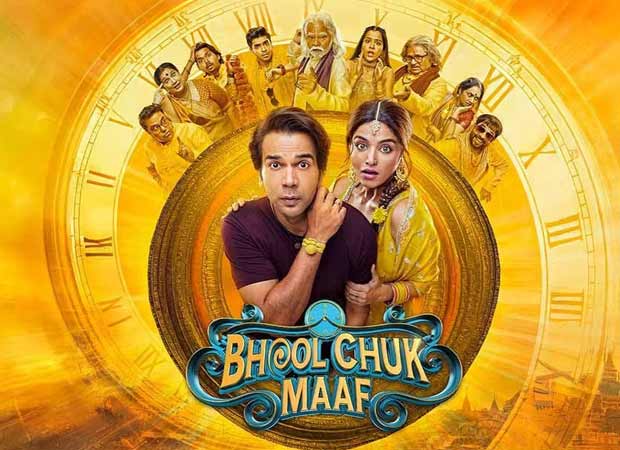The Cultural Significance of Bhool Chuk Maaf

Introduction
‘Bhool chuk maaf’ is a customary phrase deeply rooted in Indian culture, representing the themes of forgiveness and humility. As societies evolve, the relevance of such expressions continues to manifest in various forms, from traditional settings to modern communication. Understanding ‘bhool chuk maaf’ not only reflects on interpersonal relationships but also underscores the values of compassion and acceptance in contemporary life.
The Origin and Meaning of ‘Bhool Chuk Maaf’
Translating to ‘forgive any mistakes’, ‘bhool chuk maaf’ is commonly used during personal interactions, especially when one seeks pardon for a misstep. Its origin is embedded within the wider context of Indian ethos, where forgiveness is seen as a virtue necessary for maintaining social harmony. The phrase allows individuals to reconcile differences and strengthen bonds, further highlighting its relevance in traditional and modern discourse.
Use in Daily Life
In everyday contexts, ‘bhool chuk maaf’ serves as a tool for diplomacy, often utilised during social gatherings, discussions, or even formal addresses. In recent years, the phrase has found its way into digital communication, resonating well with younger generations who use it to maintain amicable relationships online. As societal norms shift, this traditional expression has adapted, showcasing its enduring nature.
Bhool Chuk Maaf in Popular Culture
The concept of ‘bhool chuk maaf’ has also made its mark in Indian cinema and television, where characters often ask for forgiveness, thereby reiterating its importance to the audience. Movies that embrace this theme not only entertain but also impart moral lessons to viewers, thus ensuring the continuity of this concept across generations.
The Significance for Today’s Society
As contemporary society grapples with conflicts arising from misunderstandings, the principles behind ‘bhool chuk maaf’ are paramount. They encourage dialogues and foster an environment of acceptance, essential for resolving disputes. Moreover, in a time when social media can amplify differences, returning to age-old values like forgiveness can pave the way for more constructive engagements.
Conclusion
‘Bhool chuk maaf’ is more than just a phrase; it embodies a crucial aspect of Indian cultural identity. In a rapidly changing world, its significance remains strong, prompting both individuals and communities to hold on to the virtues of forgiveness and understanding. As we move forward, embracing such concepts can lead to more harmonious interactions and a cohesive society. The call for empathy, as underscored by ‘bhool chuk maaf’, is perhaps more critical than ever.









